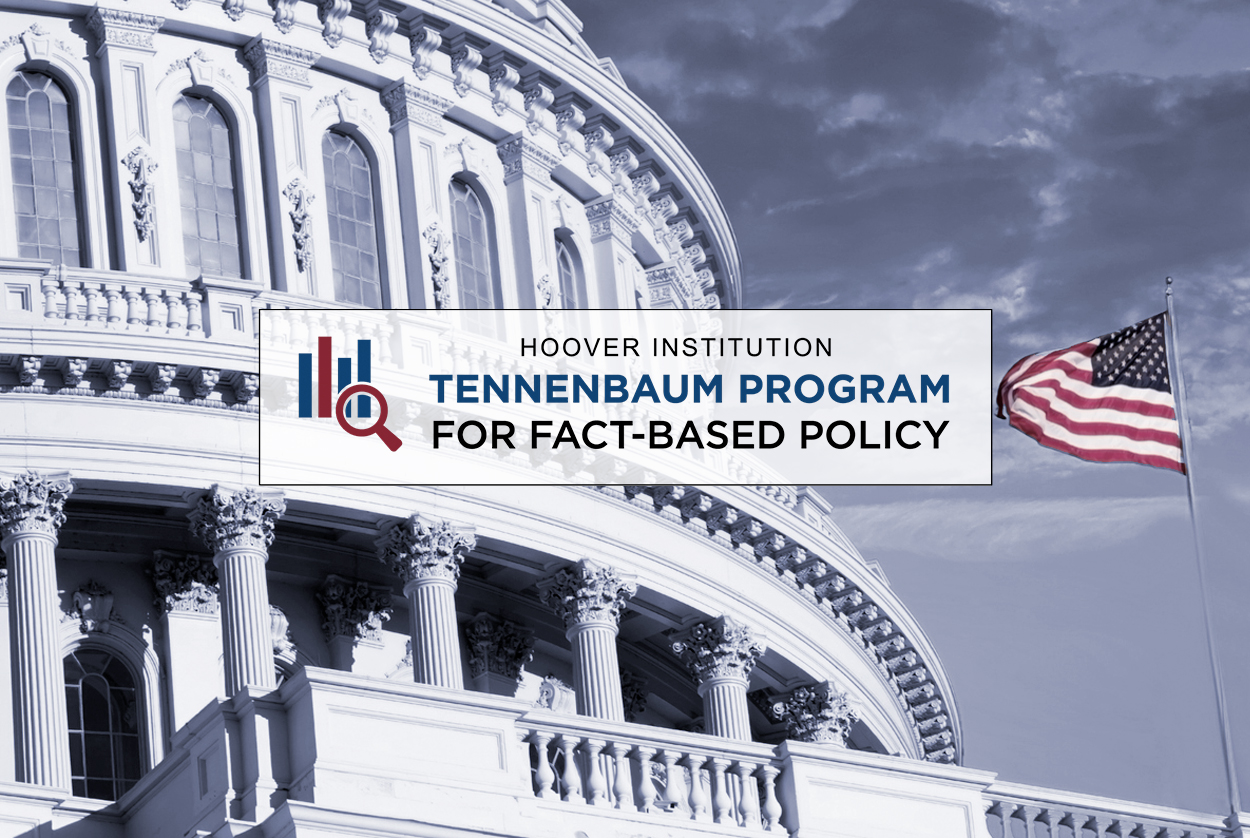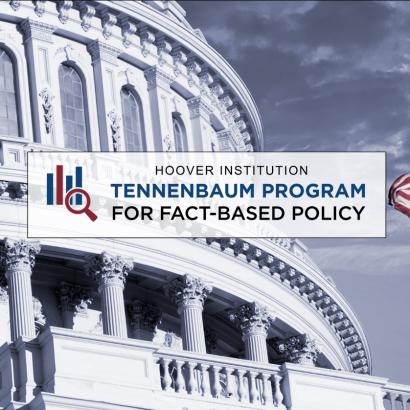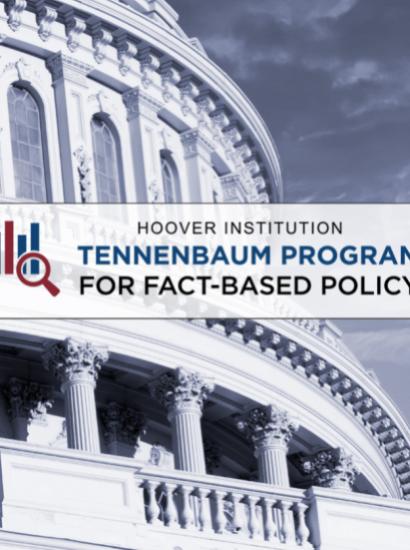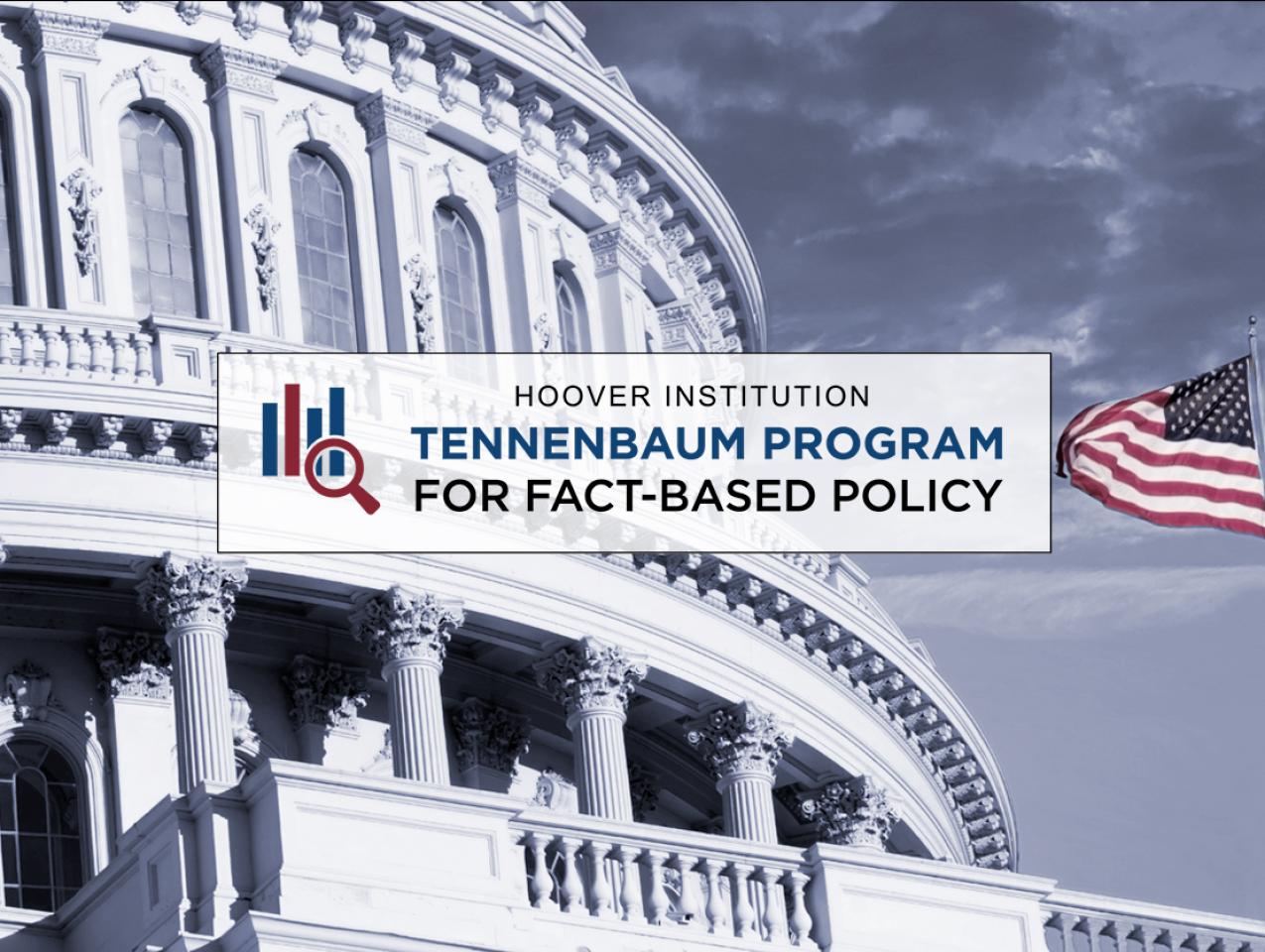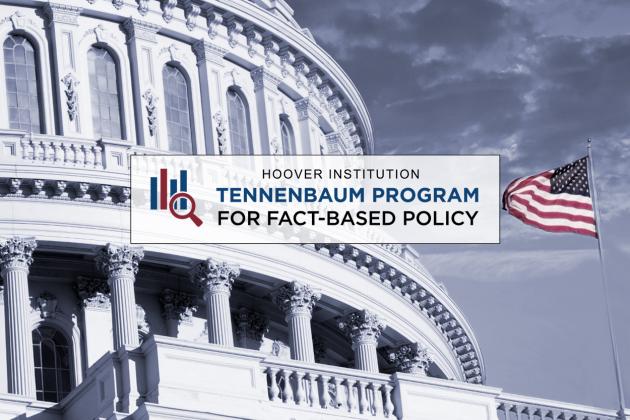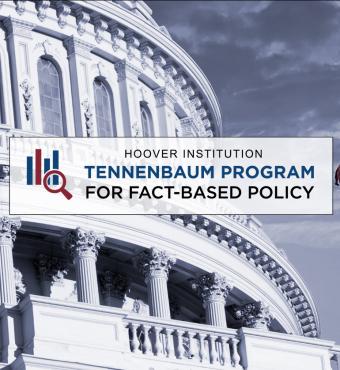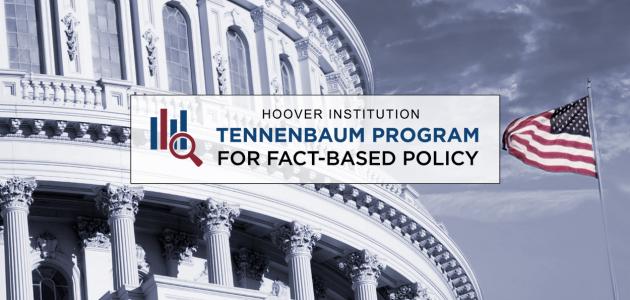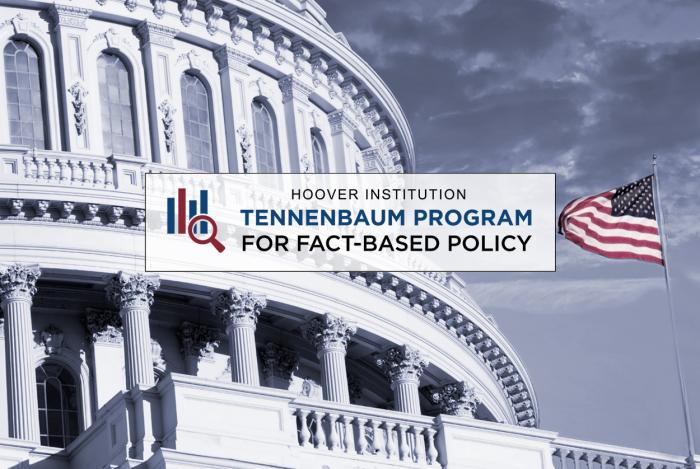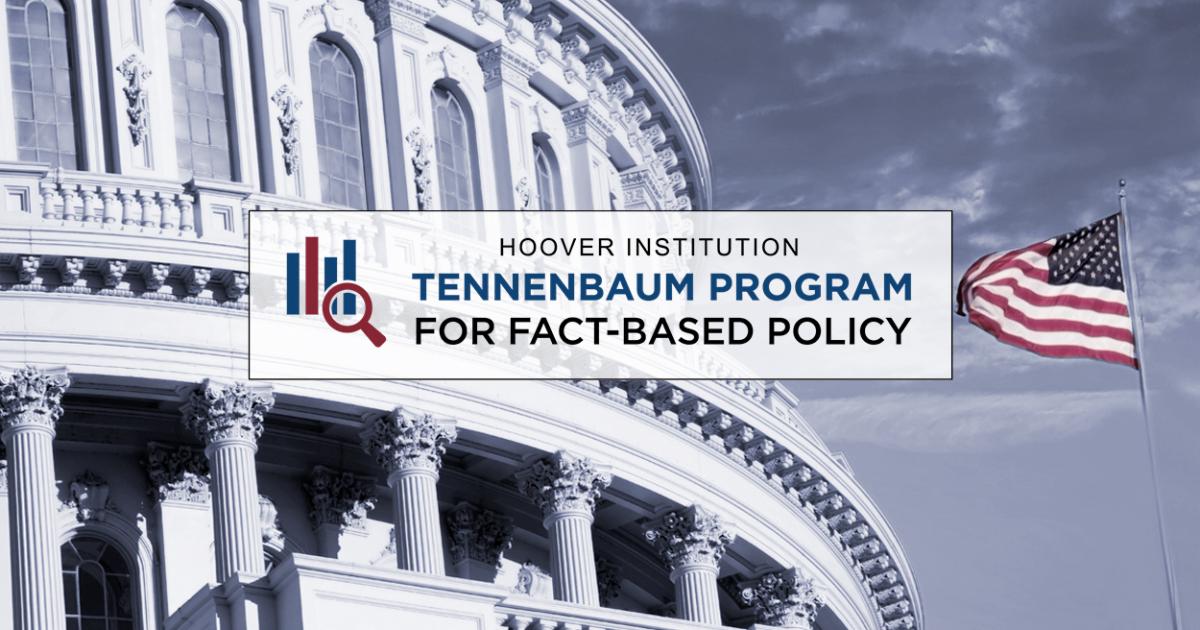The One Big Beautiful Bill Act (OBBBA) introduced notable updates to Medicaid, which have been widely discussed in the news. This explainer outlines the fundamentals of the Medicaid program and addresses some common myths with facts grounded in data.
What You Might Not Know About Medicaid
Medicaid is a public health insurance program that uses joint federal and state funds to provide health coverage for eligible individuals.
Low-income families, their children, and pregnant women are eligible, as are seniors, the blind, and the disabled if they meet certain maximum income limits. Depending on state policy, adults earning up to 138 percent of the federal poverty line ($20,783 in 2024) are also eligible to enroll.
In 2023, federal and state governments spent $872 billion providing Medicaid services, representing about 18 percent of all healthcare spending in America.
The federal government matches a certain percentage of state spending on Medicaid using a formula called the Federal Medical Assistance Percentage, or FMAP. It ranges from 50 percent for high-income states to 83 percent for low-income states and territories.
Fact: Through 2023, Medicaid (and CHIP, the program that covers children) enrolled roughly 85 million people, or about one-quarter of the American population. The Medicare program, in comparison, covered 66.7 million people in 2023 and had total expenditures of $1.04 trillion, versus Medicaid’s $872 billion.
Fact: Among adults on Medicaid, roughly two-thirds are working full- or part-time. Those who are not working cite reasons including caregiving (12 percent); illness or disability (10 percent); school attendance (6 percent); or retirement, an inability to find work, or another reason (8 percent).
Fact: Medicaid is paid for by both the federal and state governments, although the federal government provides most of the funding. In 2023, the US government paid 68 percent of Medicaid’s outlays and states paid 32 percent. Even though the federal government contributes more than states, Medicaid remains one of the largest line items in most states’ budgets.
Fact: The Centers for Medicare & Medicaid Services estimated that Medicaid’s improper payment rates were 15.62 percent in 2022 and 8.58 percent in 2023. In 2023, that corresponded to $50.3 billion in improper payments.
Fact: Most lawfully present immigrant adults face a five-year waiting period before they are eligible for Medicaid, even if they meet the income limits. Undocumented immigrants are limited to receiving emergency care.
Fact: Before the OBBBA was signed into law, CBO estimated that federal Medicaid spending would rise from $655.9 billion to $985.7 billion in 2034. As a result of the OBBBA, CBO estimates that spending will now rise from $655.9 billion to $860.5 billion in 2034. Medicaid spending will continue to grow, but at a slower rate than before.
Fact: Work requirements passed in OBBBA only apply to some able-bodied adults. Eligibility requirements are to work, volunteer, receive education, or participate in a work program for an average of 20 hours a week. Medicaid enrollees who are children, seniors, pregnant, or disabled are exempt from all work requirements. CBO estimates that by 2034 about 4.8 million able-bodied adults that would have enrolled on Medicaid won’t do so because of the new work requirements.
Fact: Provider taxes are often exploited as a financing workaround: States levy a tax on hospitals or managed-care plans, draw down extra funds available from federal matching, then return the tax right back to the same providers. Hospitals support the scheme—not the tax itself—because of the added access to federal dollars. Tightening or capping these taxes would rein in this circular, loophole-ridden transfer without automatically closing rural hospitals; states can still transparently channel general-fund dollars to vulnerable facilities when needed.







